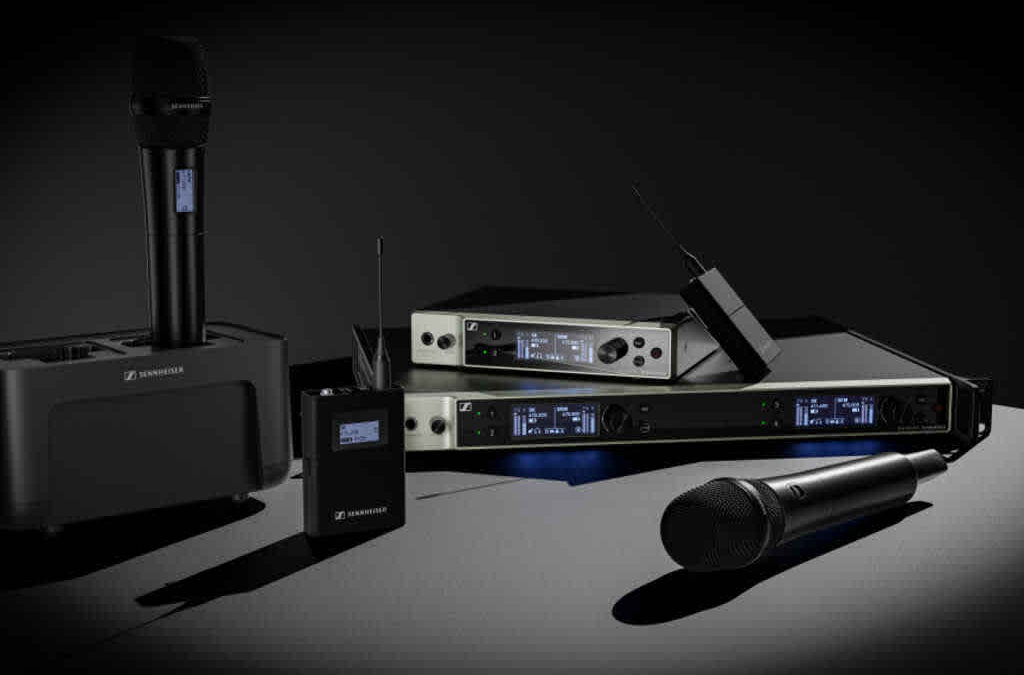Lost in a sea of virtual event platforms? Which one is best for me?
This is a really good question and is often one of the first asked at the start of a new project. There is lots of choice out there and let’s face it, many fancy marketing campaigns to make virtual event platforms look amazing and highly sophisticated, but which ones actually work and which is the right one for your event?
The answer to that questions is…..”Tell me about your event needs?” We don’t try and push one solution here as we know that everyone’s needs are different. Instead, we run through a series of important questions to understand what your virtual event is all about and how best to engage with your audience…..
What are your event objectives?
Ok, this is corporate talk but it’s really important that we understand what you want your audience to get out of your event. This doesn’t specifically relate to one platform or another, but does feed into other decisions around how the audience need to interact, which might rule some options in or out.
Tell me about your audience.
A great place to start when thinking about your virtual event. Where will your audience be during the event? Will they be using a laptop/pc/Mac or a phone/tablet? Which country are they based in? Do they all speak the same language? Will there be anyone with hearing difficulties? How many people will be participating? What does the audience demographic look like?….Ok, a lot of questions here but all are really important. An event for 50 people in the UK is likely to have very different set of requirements to a worldwide event with over 10,000 joining across multiple time zones.
Do you currently use virtual meeting tools?
Sometimes there is no point reinventing the wheel. If your organisation is used to working on platforms like Teams or Zoom and this has been heavily tested across the business, there has to be a compelling reason to move away. Let’s face it, the most important thing is that people you have invited to the event can join it and no one wants IT restrictions or limitations to get in the way. We use our wealth of experience to provide recommendations on when it’s best to stay put, or when you should consider an alternative.
One thing to bear in mind above all else when using a familiar platform is that an online event is very different to a virtual meeting. The planning, the engagement and interactivity required is much more involved to elevate it to more than an internal video call. We can help you to navigate the best way through these decisions….It’s then important to test, test again…and then test once more!….after all amateurs practice until they get it right, professionals practice until they never get it wrong!
What about security?
Maybe not the most exciting question in the list but nonetheless, really important! We’ve been working in the financial sector for decades and have vast experience in producing secure events. Virtual event platforms need careful consideration depending on your security requirements to ensure only the people you want to watch are watching. We’ve recently run a number of internal pre-product launch meetings for a major technology supplier and keeping everything under wraps was the most important part of the brief.
How do you want your audience to interact?
This question might be a little premature as often audience interaction requirements are established in the virtual event planning stages, however, it’s great to get your wish list so we can tick as many boxes as possible. Audiences can interact in many different ways; directly with their cameras and microphones turned on, text questions and voting, submitting of images and videos, joining virtual quizzes…the list goes one. Each come with their own advantages and technical challenges which make some platforms better than others depending on requirements.
Do you need to breakout into smaller groups?
“Breakouts” are a key part of many live events and give a larger audience the opportunity to interact in smaller groups and then feedback to larger meeting. In the real world, it was really simple with everyone grabbing a coffee and then heading off to their individual breakout rooms. So is virtual any different? Yes and no! Technology has been on serious catch up since the start of 2020 and the ability to split an audience and bring them back together has often been a challenge. The likes of Zoom have a handy feature that works well for simple splits and Teams has just recently rolled out their own version. CrowdComms and other platforms are able to produce personalised agendas so each person can click to go to their next session. There are lots of ways to tackle this and often the answer lies in what you want your participants to do when they get to their virtual breakout room. We’ll provide help and guidance on what will work best for your event.
If you’ve reached this point in this article, you might be a little disappointed that we have raised more questions than provided answers. Well, that’s what we have to do to get underneath your event needs. There is no one platform that is better than others at everything so let us help you select what will work best for your next virtual event.



